Fiber Optic Polishing Film
Fiber Optic Polishing Film
Fiber optic connectors are integral components of modern telecommunication and data networks, requiring precise and flawless polishing to ensure optimal performance. The process of polishing fiber optic connectors is critical to achieving low insertion loss and minimal return loss. Fiber optic polishing films are specially designed abrasive materials used to provide the smooth, mirror-like finish required for connectors like SC, LC, MPO, MTP, FC, and ST.

What is Fiber Optic Polishing Film?
Fiber optic polishing film is a type of abrasive film used in the final stages of polishing fiber optic connectors. It is designed to remove imperfections from the connector ferrule and fiber end-face to ensure a proper connection with minimal signal loss and reflection.
These polishing films are typically made from various abrasive materials, including diamond, silicon carbide, aluminum oxide, and cerium oxide, which are bonded onto a polyester or nylon backing. The choice of abrasive material and grit size is essential for achieving the desired finish without damaging the connector.
Why is Polishing Important in Fiber Optic Connectors?
Polishing plays a pivotal role in the performance of fiber optic connectors by:
- Reducing Insertion Loss: Proper polishing ensures that the fiber is in perfect alignment with the ferrule, reducing any loss of signal strength when light passes through the connector.
- Minimizing Return Loss: A well-polished connector helps in minimizing the amount of light that is reflected back into the fiber, which can interfere with signal transmission.
- Ensuring a Perfect Fit: A clean, smooth fiber end-face allows for better coupling between two fiber optic cables, ensuring high-quality connections.
- Increased Durability: A smooth end-face reduces the chances of wear and tear over time, leading to longer-lasting connectors.
Types of Fiber Optic Polishing Film
Fiber optic polishing films come in a variety of abrasive materials and grit sizes. The specific choice depends on the type of fiber optic connector and the stage of polishing required.
1. Diamond Polishing Film:
- Material: Diamond particles are the hardest known abrasive material, making them ideal for polishing the toughest materials.
- Usage: Used for final polishing, providing a mirror-like finish that ensures excellent optical performance.
- Advantages: High abrasion resistance and longer lifespan, which results in consistent performance over many uses.
- Grit Size: Typically ranges from 0.1µm to 100µm for polishing.
2. Silicon Carbide Polishing Film:
- Material: Silicon carbide is an extremely hard abrasive commonly used for coarse and intermediate polishing.
- Usage: Ideal for the initial stages of the polishing process, including epoxy removal and surface flattening.
- Advantages: Provides fast material removal and cost-effective polishing solutions.
- Grit Size: Available in a wide range from 30µm to 1µm.
3. Aluminum Oxide Polishing Film:
- Material: Aluminum oxide is a versatile abrasive used for fine polishing applications.
- Usage: Suitable for refining surfaces and for applications where diamond film is not necessary.
- Advantages: Provides a consistent finish and is less expensive compared to diamond films.
- Grit Size: Commonly available in sizes from 30µm to 1µm.
4. Cerium Oxide Polishing Film:
- Material: Cerium oxide is primarily used for final polishing, especially in ceramic and glass applications.
- Usage: Often used for ceramic ferrules, offering a smooth finish that reduces the chance of defects such as scratches.
- Advantages: Known for its optical clarity and low defect formation, making it ideal for final polishing.
- Grit Size: Typically available in 0.5µm or less.
5. Flocked Polishing Film:
- Material: This type of polishing film features a flocked surface, which provides extra flexibility and cushioning during the polishing process.
- Usage: Ideal for final polishing and achieving a mirror-like finish.
- Advantages: The soft, plush surface ensures even pressure distribution and minimizes the risk of scratching.
- Grit Size: Available in 0.5µm or finer for precision polishing.
Grit Sizes and Their Applications
Polishing films are available in a variety of micron sizes. The grit size is critical to the type of finish you are looking to achieve:
- Coarse Grit (30µm - 9µm): Used for epoxy removal and flattening the ferrule surface during the early stages of polishing. Silicon carbide films are typically used at this stage.
- Medium Grit (6µm - 3µm): Used for intermediate polishing to refine the surface and remove fine scratches.
- Fine Grit (1µm - 0.5µm): Used for the final polishing stage to ensure a smooth, mirror-like finish that maximizes optical performance. Diamond, cerium oxide, and flocked films are typically used for this purpose.
Polishing Process Using Fiber Optic Polishing Film
The polishing process typically involves multiple stages, each using different types of polishing films:
-
Initial Epoxy Removal:
- Begin with a coarse silicon carbide film (around 30µm) to remove excess epoxy and flatten the ferrule.
- This stage prepares the surface for finer polishing steps and ensures even material removal.
-
Intermediate Polishing:
- Use medium grit films (around 6µm to 3µm) to further refine the surface, remove fine scratches, and prepare the surface for the final polishing stage.
-
Final Polishing:
- For the final polishing stage, use fine grit films such as diamond film (1µm) or cerium oxide film (0.5µm).
- These films provide a high-gloss, mirror-like finish, essential for minimizing optical loss and return loss.
-
Flocking for Even Pressure Distribution:
- If necessary, use flocked polishing films to ensure even pressure distribution and achieve a consistent, high-quality finish.
Benefits of Using Fiber Optic Polishing Films
-
High Precision:
- Polishing films are designed to deliver high precision and repeatability, ensuring that connectors meet strict standards for performance and optical clarity.
-
Consistency:
- The use of polishing films ensures uniform material removal across the connector surface, which is essential for achieving consistent and reliable connections.
-
Extended Tool Life:
- Many polishing films, especially those made from diamond abrasives, are designed for long-term use, providing cost-effectiveness over time due to their durability and abrasive strength.
-
Improved Performance:
- Proper polishing ensures that connectors perform optimally, reducing insertion loss and improving signal transmission in fiber optic networks.
Applications of Fiber Optic Polishing Films
- Telecommunications: Ensuring high-quality fiber optic connectors for reliable data transmission.
- Data Centers: Polishing of connectors used in high-speed, high-capacity fiber optic systems.
- Fiber Optic Installation: Used by technicians for field installation of fiber optic connectors.
- Military and Aerospace: For use in high-precision fiber optic systems where performance and durability are critical.
Conclusion
Fiber optic polishing films are essential tools for achieving high-quality finishes on fiber optic connectors. With a range of abrasive materials and grit sizes available, these films are designed to meet the demanding standards of modern telecommunications, data transmission, and optical performance. Whether you're polishing SC, LC, MPO, MTP, FC, or ST connectors, the right polishing film ensures the success of your application by providing low insertion loss, minimal return loss, and optimal signal quality.
For more information or to purchase high-quality fiber optic polishing films, contact us at:
- Email: sales@xytbrands.com
- Phone: +86-15702088819
-

Telecommunications
-

Automotive
-
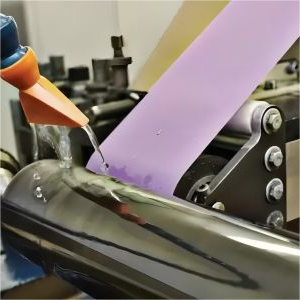
Roller finishing
-
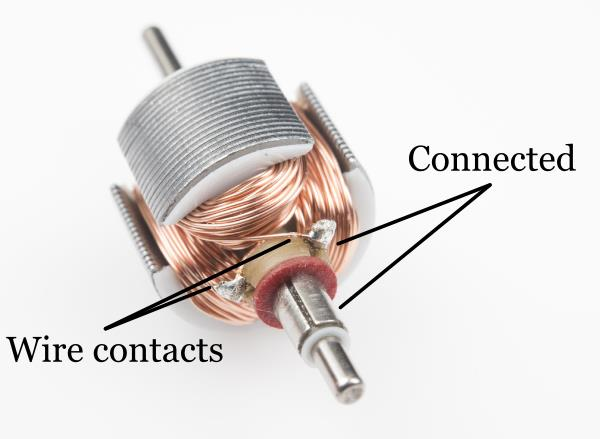
Electronics
-
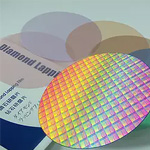
Semiconductors
-
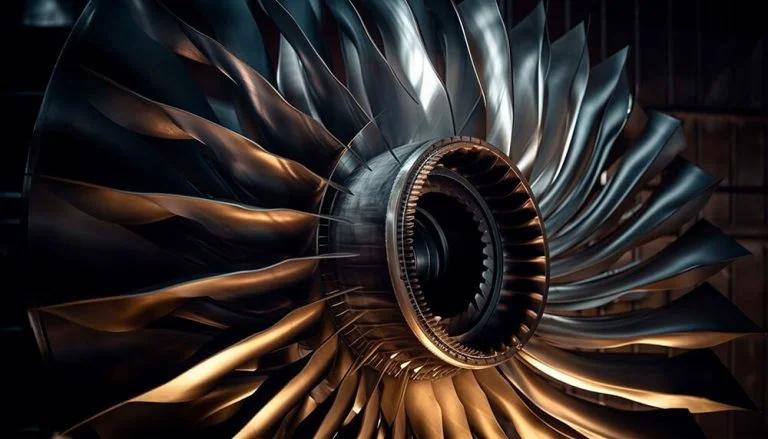
Aerospace
-
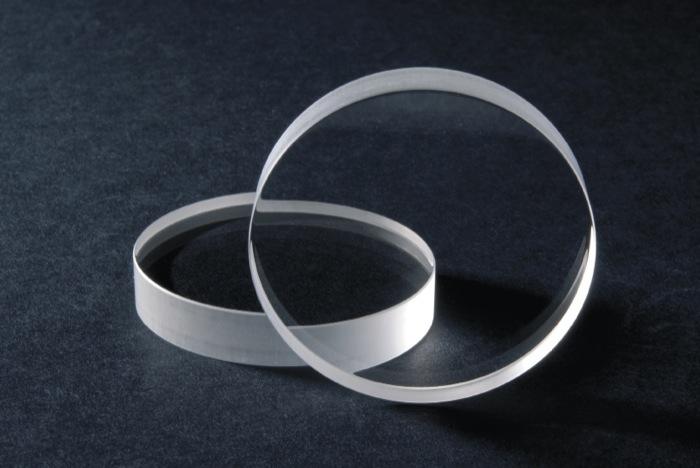
Optical Glass Crystal
-
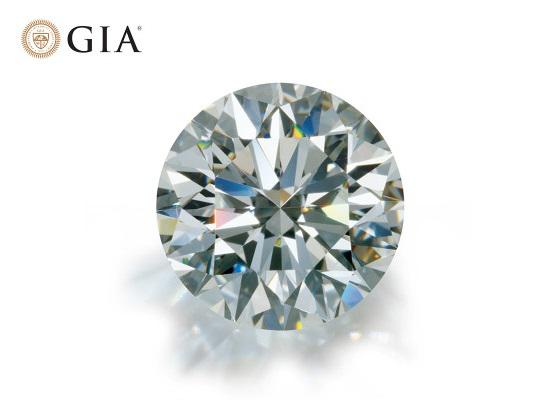
Jewellery lapidary
-

Medical
-

Oil & Gas
-

Food Processing
-
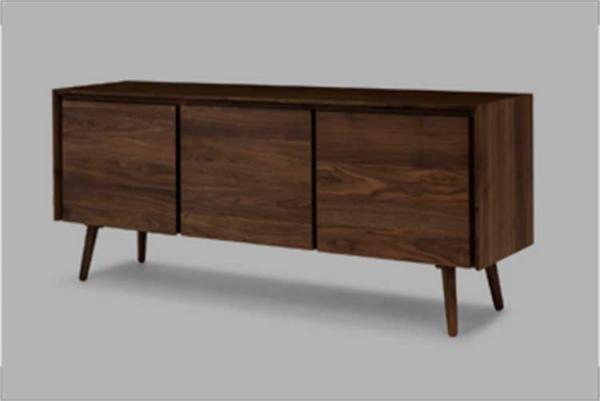
Furniture and Wood industry
-
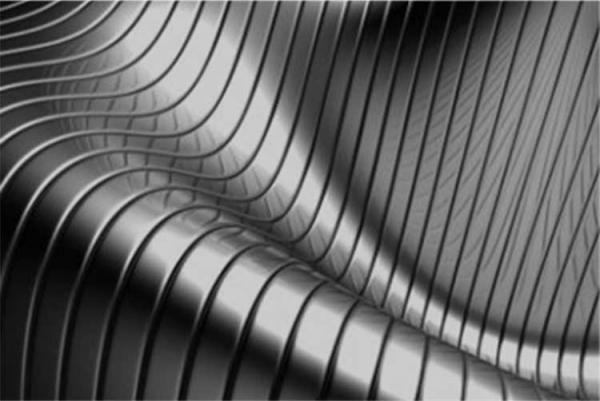
Metals Finish
-
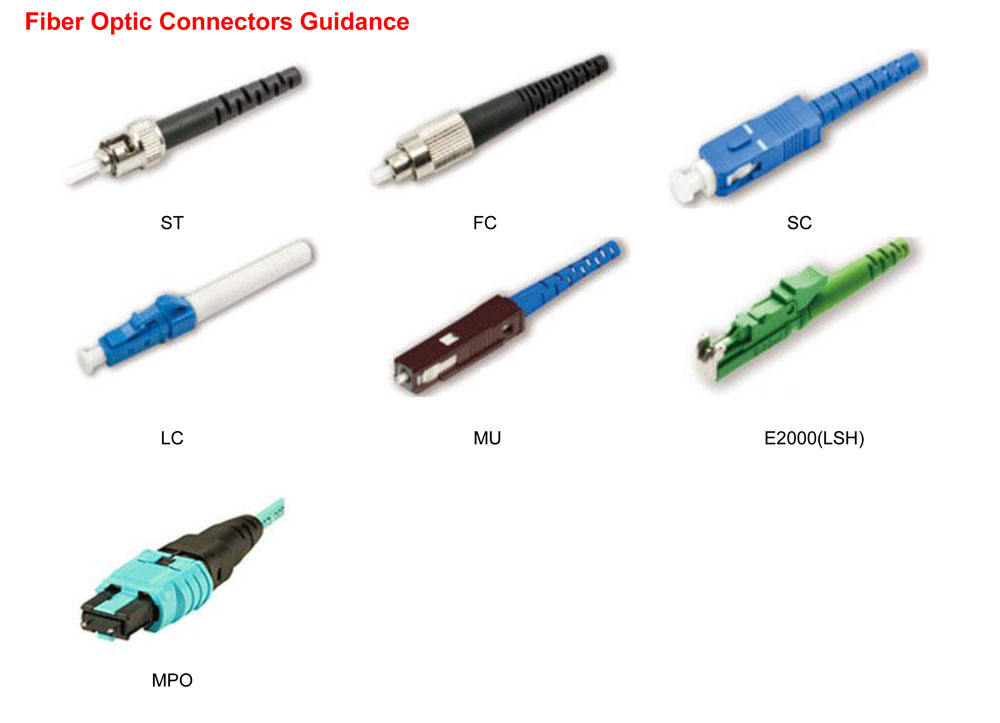
Fiber Optics Polishing
-
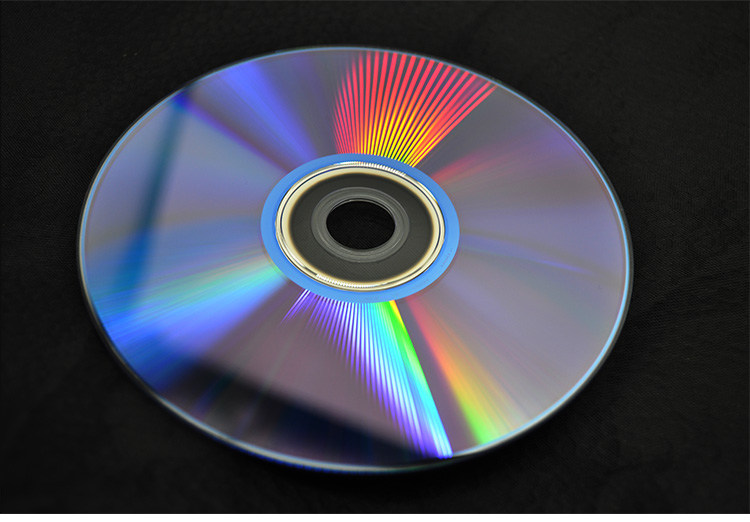
Music industry
-
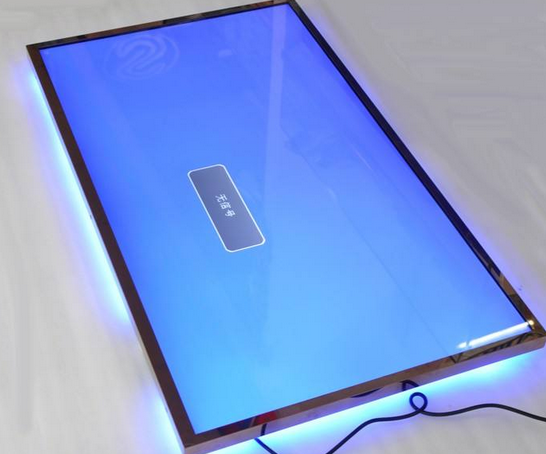
LED LCD Panel
-
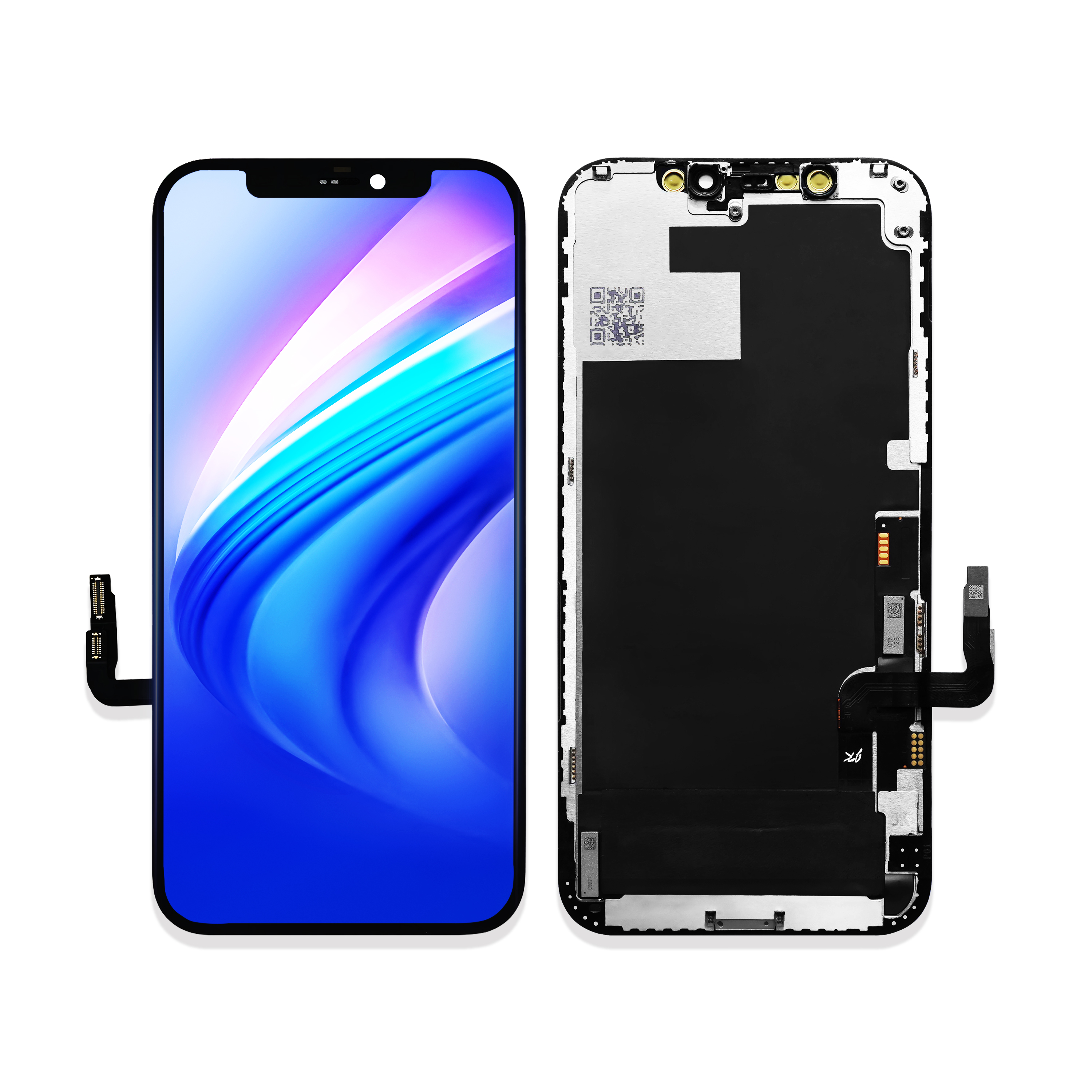
Mobile Phone Industry
-
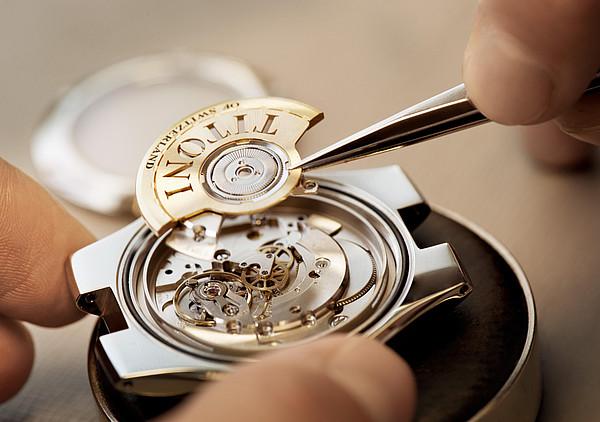
Watch
-
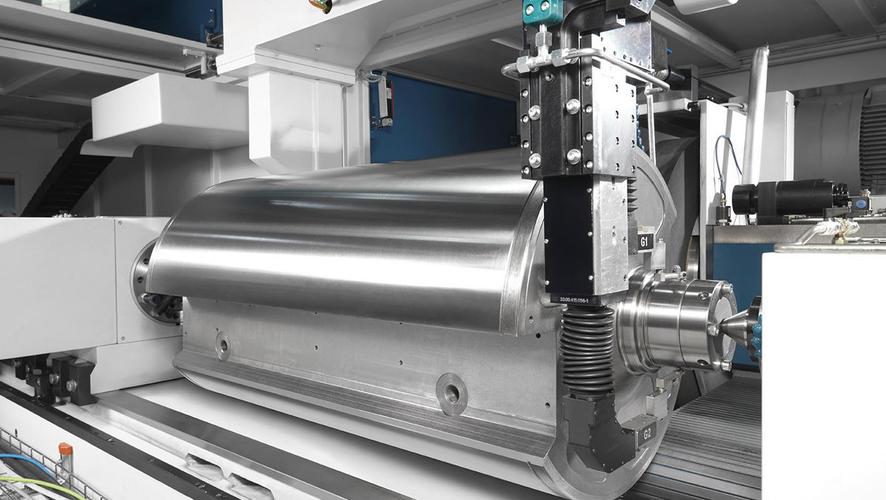
Printing and Paper industry
-
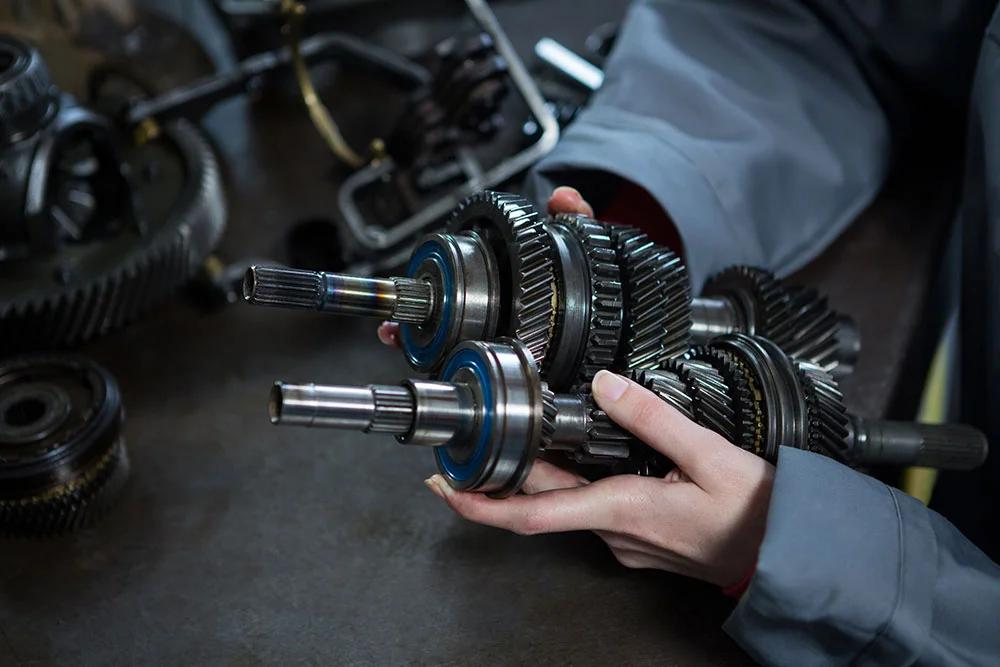
Engine and Machine parts
-

Hydraulic components
-
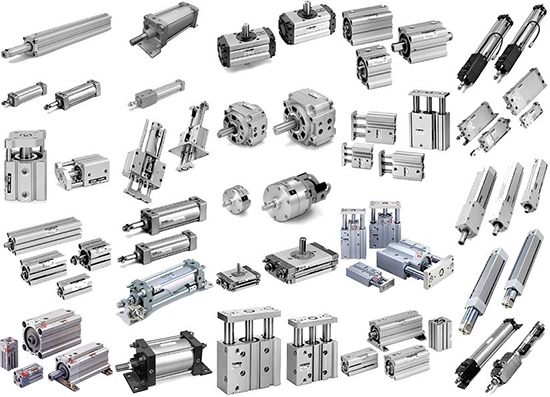
Pneumatic components
-
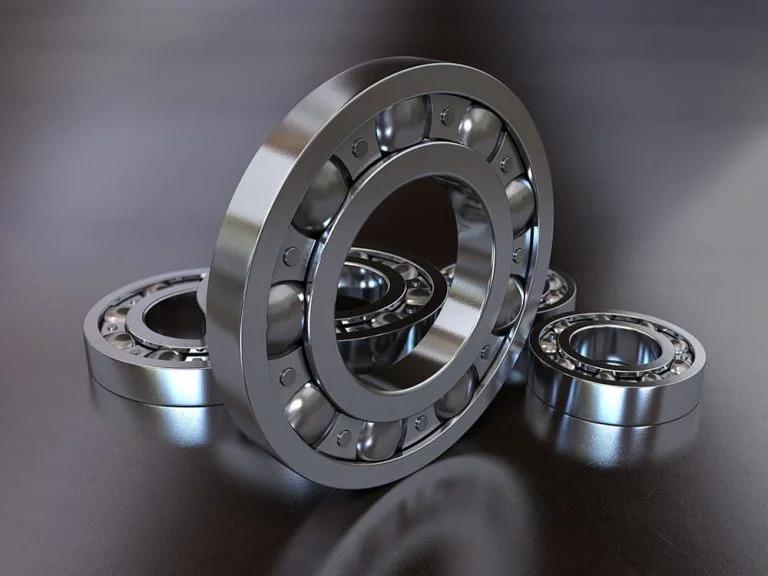
Ball bearings
-
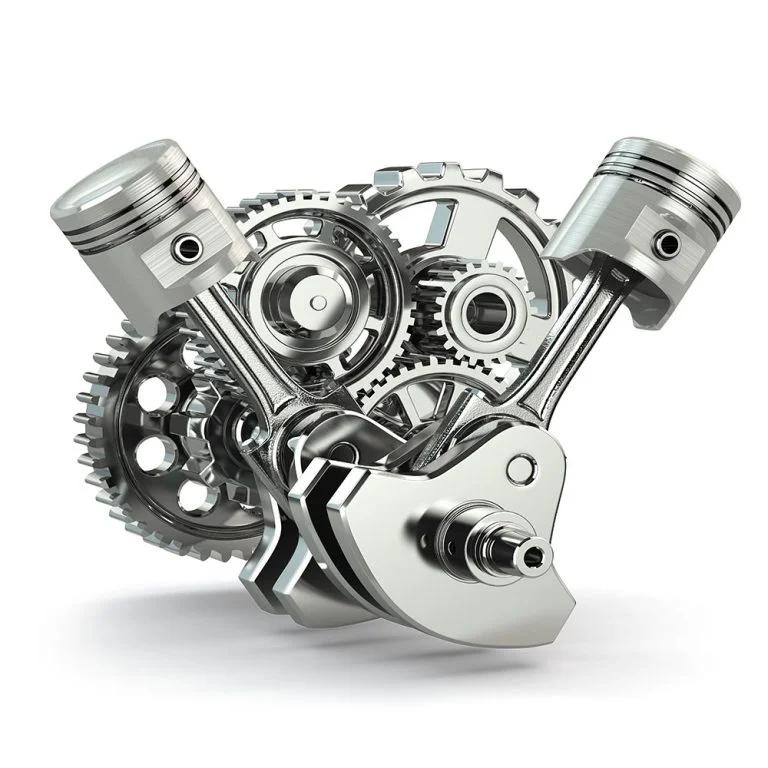
Gear and Train components
-

Moulds
-
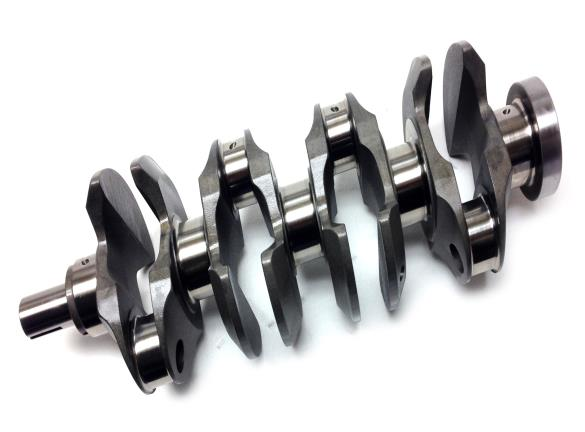
Cranks Cams and Steering devices
-

Dental Polishing
-
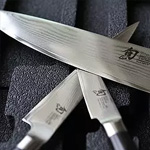
Knife Blade Tools sharpening
-
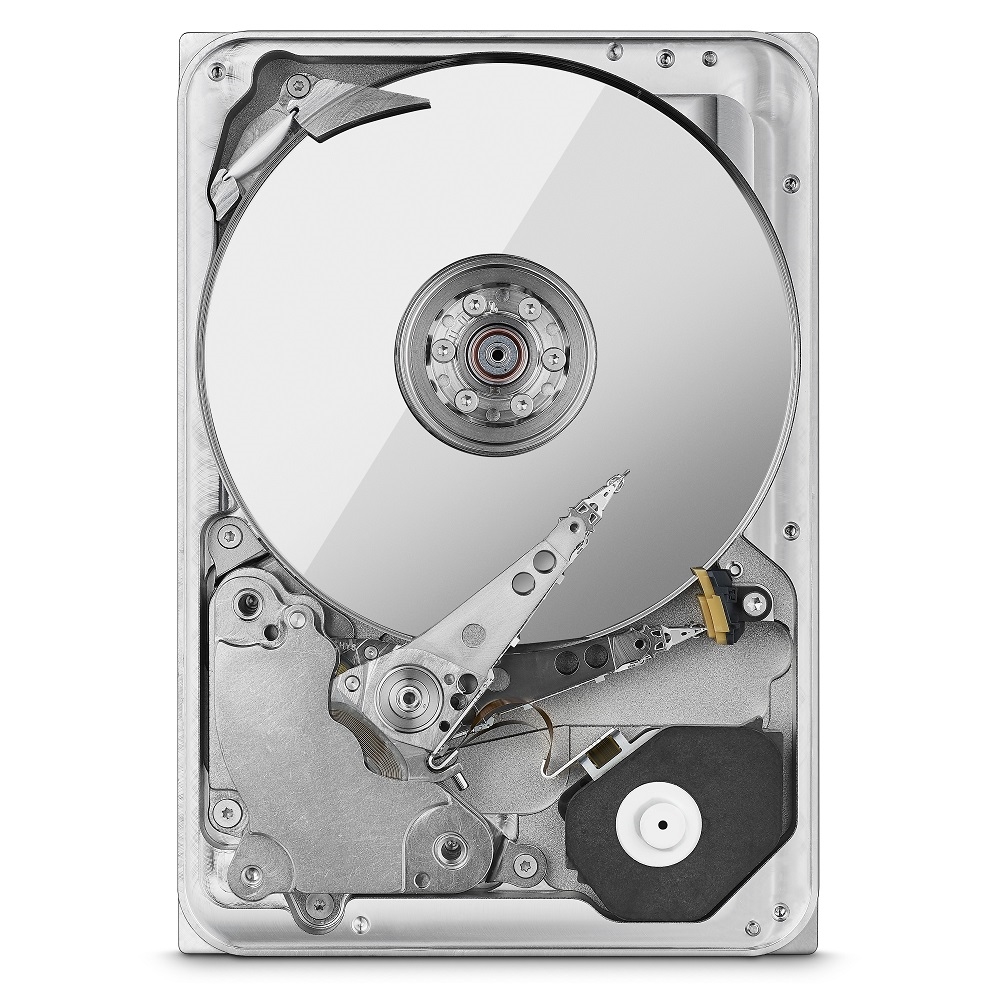
Hard disks and Magnetic head
-
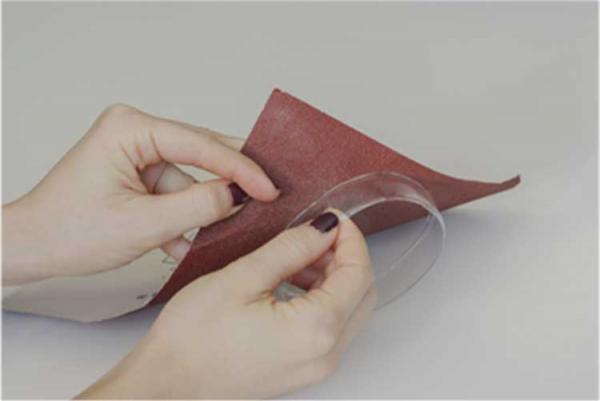
Other parts end face polishing





























































